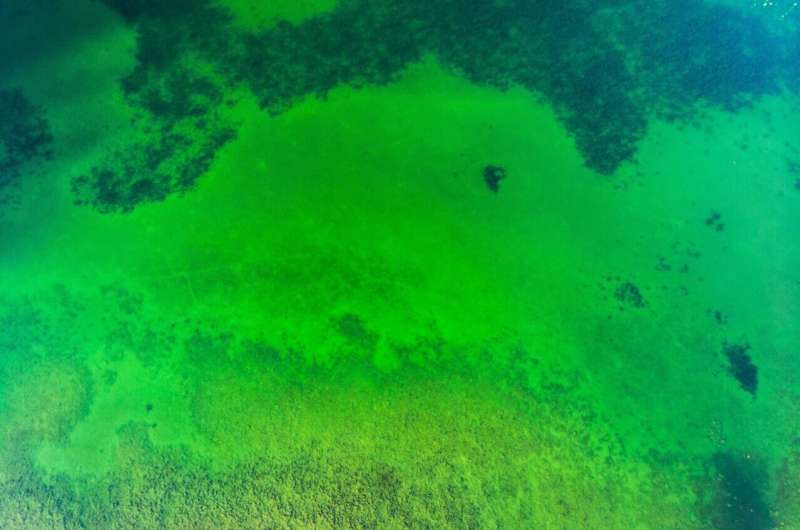An unusual symbiosis of a ciliate, green alga, and purple bacterium

Dr. Sebastian Hess and his team at the University of Cologne's Institute of Zoology have studied a very rare and puzzling tripartite symbiosis. This consortium consists of a ciliate as host and two types of endosymbionts: A green alga and a previously unknown purple bacterium. Through genetic analyses of the pink-green ciliate, the researchers discovered that the endosymbiotic bacterium belongs to the so-called "purple sulfur bacteria" (family Chromatiaceae), but has lost the ability to oxidize reduced sulfur compounds, a hallmark of the other members of the Chromatiaceae. The genome of the purple bacterium is greatly reduced, suggesting that the bacterium became mainly specialized in carbon fixation through photosynthesis. It is probably no longer able to live outside of the host cell. Thus, the new bacterial species, Candidatus Thiodictyon intracellulare, is a notable exception among the known purple sulfur bacteria.
In their article "A microbial eukaryote with a unique combination of purple bacteria and green algae as endosymbionts'," published in Science Advances, the researchers report the new findings and explain how the oxygen-sensitive purple bacterium lives together with the oxygenic green alga in the ciliate host.
The pink-green ciliate Pseudoblepharisma tenue inhabits the hypoxic sediments in the ponds of the "Simmelried," a moorland near the German city of Constance. Dr. Martin Kreutz, an amateur microscopist and friend of Dr. Hess, has been observing the occurrence of this unusual life form for several years. Since the ciliate could not be cultivated in the laboratory so far, a lively collaboration has developed between Dr. Kreutz and the UoC researchers. Dr. Kreutz took the samples and sent the fresh sediment to Cologne by mail. In Cologne, the researchers isolated single cells of Pseudoblepharisma tenue from the samples and analyzed them with various microscopic and genetic techniques.
The first author of the study, Dr. Sergio Muñoz-Gómez, reconstructed the genomes of the three symbiotic partners and demonstrated the massive physiological reduction of the endosymbiotic purple bacterium. "Based on our observations in natural samples, the microscopic details of the symbiotic consortium, and the genomic data, an interesting picture emerges. Symbiosis has given rise to a unique chimeric creature: A motile and voracious cell, that at the same time, uses light energy from anoxygenic photosynthesis to inhabit the deep and oxygen-poor layers of ponds," the researchers said. "The green algae seem to play a minor role. Instead, the crucial physiological contribution comes from the oxygen-sensitive purple sulfur bacteria."
More information: Sergio A. Muñoz-Gómez et al, A microbial eukaryote with a unique combination of purple bacteria and green algae as endosymbionts, Science Advances (2021). DOI: 10.1126/sciadv.abg4102
Journal information: Science Advances
Provided by University of Cologne





















